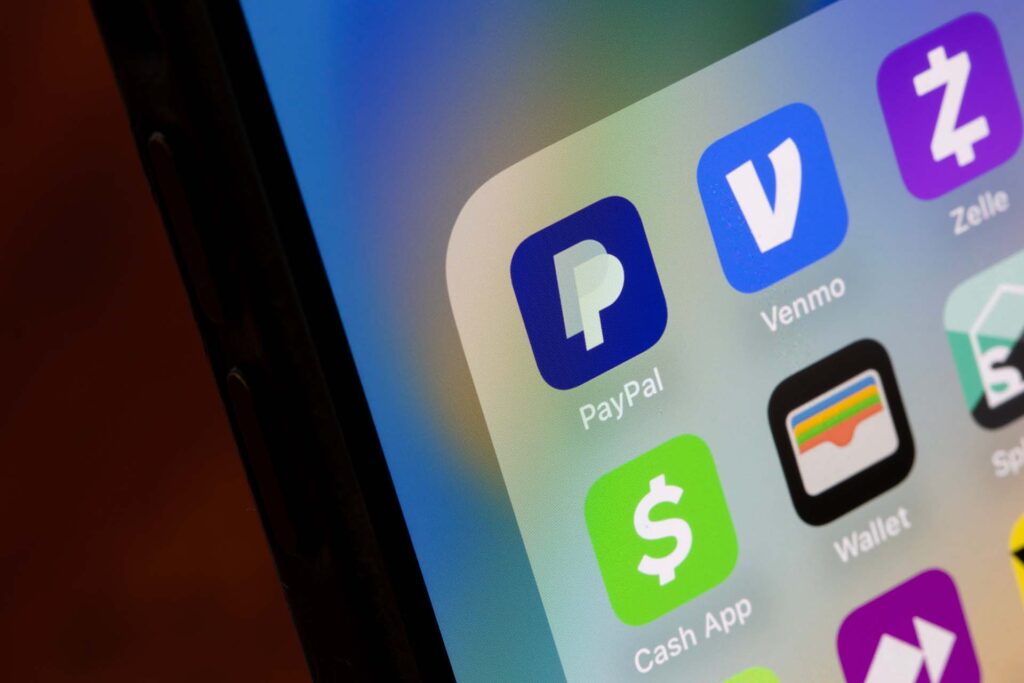Understanding PSD2 and Its Impact on Payment Services
PSD2 primarily known as Revised Payment Service Directive has brought some revolutionary changes to the European electronic payment landscape. It even aims to make payments more secure throughout the UK, enhance security, boost innovation, and introduce technologies. These have increased the overall competition in the payment industry.
This comprehensive exploration will provide some details of PSD2 and the proper implications to the European payments landscape. However, from understanding the overall key factors to offering some excellent payment opportunities for merchants and fintechs, you should know how it brings some outcome. So, let’s read on and understand the opportunities and challenges presented by PSD2.

Key Takeaways
- PSD2 generally changes the overall UK payment landscape.
- It provides protection to consumers, promote higher competition, and foster stronger innovation in financial field.
- With PSD2, the financial sector can witness an increased security through Strong Customer Authentication (SCA).
- It supports customer authentication and opens banking data to third-party providers (TPPs).
- Moreover, PSD2 also helps to adapt to the changes in the financial situation of the European payments market.
PSD2 Requirements
According to the PSD2 law helps create Account Information Service Providers (AISPs) and Payment Initiation Service Providers (PISPs). However, here we are mentioning a few requirements they need to follow:
- PISPs can initiate SEPA Credit Transfers but differ slightly from direct debits. PISPs make the final transfer. This means it will not allow the chargebacks, and the transactions will be much quicker.
- AISPs using the business bank account data provide value-adding services for verification purposes. These help in safe investment and savings; thus, they assist in simple money management.
- Many companies, for example, event organizers and popular airlines, are not allowed to ask for an additional card fee on the transaction value.
- PSD2 requires more security and Strong Customer Authentication (SCA) to provide customers with additional protection while paying online. Sometimes this is considered a negative side effect of security, as a disruption in the checkout process often leads to cart abandonment. However, there are methods to improve SCA without opting for cart abandonment.
What Changes Did PSD2 Make? How Does It Differ From PSD1?
The original Payment Services Directive (PSD1) established the legal foundation for creating a single EU payments market. The primary objective of PSD2 is to ensure that cross-border payments within the EU member states are as efficient, secure, and simple as domestic transactions.
Additionally, building on PSD1, the revised directive—PSD2—enhances this legal framework. It happens through the further integration of the EU payments landscape. It even introduces some robust security requirements for payment service providers, strengthening consumer protection, and promoting competition. Thus, they ensure a level playing field for third-party providers (TPPs), such as fintech companies.

What is the Difference Between Open Banking and PSD2?
Introduced by the Competition and Markets Authority, Open Banking results from the requirements of the wider PSD2 legislation. In the UK, open banking developments have boosted significant competition in financial consumer markets. It brings results by enabling non-bank Payment Service Providers (PSPs) to securely access proper customer transaction data—even with customers’ consent.
Moreover, open banking and PSD2 differ in how banks open their data to third parties. Additionally, open banking outlines a standard format for the procedure, whereas PSD2 mandates that they do so.
On the other hand, open banking is a money management dashboard. As a result, it combines multiple bank accounts for an overall picture of a person’s financial condition. Open banking is also highly useful for safe lending, where customers can easily provide their financial information online and get the approval of a loan more quickly.
Open banking also improves the overall online payment process. Therefore, it allows customers to make safe payments directly from their bank account after the transaction is authenticated.
PSD2 and Strong Customer Authentication
Under PSD2, many online payments require more strong customer authentication for different types of transactions. These include some high and recurring payments.
This is also known as Strong Customer Authentication (SCA), which is specifically designed to enhance customer protection.
Merchants accepting consumer payments within the European Economic Area (EEA) find SCA essential.
SCA is also designed to keep the customers’ information safe online. Previously, it was common for many customers who paid online to identify themselves with a proper username and password. Undoubtedly, this is a cumbersome process, especially for those users who often forget their credentials.
To meet Strong Customer Authentication (SCA) requirements, payment providers must verify a customer’s identity using at least two independent factors. These factors fall into three categories:
Something that customer knows (e.g., a password or PIN)
It usually something that a customer has (e.g., a smartphone or hardware token)
Something the customer is (e.g., fingerprint or facial recognition)
However, previously, authentication relied solely on the first category—typically a password. But, now a transaction is only approved under the SCA and that is only after two factors are successfully validated.
The Impacts of PSD2, and Why Should You Consider?
Are you a business that takes recurring payments from your customers? Then, using the Direct Debit option can help you avoid such validation issues. A paperless Direct Debit service, which GoCardless offers, is not within the scope of SCA.
GoCardless is already properly compliant with different aspects of PSD2, so your business can easily process the recurring payments without getting puzzled by the new regulations. So, it is better to accept direct debit payments starting today.
The Impact of PSD2 On Consumers
PSD2 was first designed to improve the customer payment experience, so it should have some positive implications for those who want to make transactions online and even seamless:
- Their online transactions are becoming much safer and even more streamlined
- They have access to the latest features that can significantly improve their overall spending, budgeting, and investing habits.
- Integrating services that make the whole process easier.
The Impact of PSD2 on Businesses
The main impact of PSD2 regulations has significantly affected businesses, with the mandatory use of SCA. This is crucial when your consumers pay online via credit or debit card.
Though the ‘responsibility’ to implement SCA usually lies with your payment service provider, you also need to be very aware of how SCA can impact your business:
According to theory, SCA can strengthen customer confidence through online shopping and even by cutting fraud. As a business, you need to balance this new layer of customer security and the consumer’s buying experience simply.
Moreover, maintaining PSD2 and SCA compliance and the correct buying process is not always easy. And, if a buying experience is not smooth, it often frustrates your customer, leading them to abandon their purchases.
The impact of PSD2 on Banks
PSD2 asks banks to open their payment interfaces to different external service providers and also asks them to share all information previously only theirs. Moreover, viewing the bank account balance is no longer just a banking prerogative.
While it might seem negative, banks can benefit from industry disruption. PSD2 also allows banks to create new revenue streams through new products and services.
Banks have the potential to become the key information hubs and trusted advisors for individuals exploring open banking. By embracing the changes introduced by the directive, banks can position themselves to benefit equally alongside other financial service providers in the evolving market landscape.

PSD2 Legislation in the UK
The second Payment Services Directive in the UK is a significant part of the ongoing banking revolution. Whenever the local legislators try to push the finance sector for innovation and promote some initiatives in the financial sector, the correct regulations are always strongly considered.
Also, the main regulator in the UK is the CMA – Competition and Markets Authority. This institution is mainly responsible for checking and implementing the PSD2 along with the associated regulations.
However, most of the goals of the UK and EU governments are the same, and both focus on a competitive market for safe digital payments.
Conclusion
PSD2 has undoubtedly reshaped the scenario of the European payments landscape, besides unlocking a new era of innovation, security, and excellent consumer empowerment. Moreover, by embracing the latest principles of PSD2 and open banking, most financial institutions and merchants alike capitalize on new opportunities. As a result, this enhances the overall customer experience and drives continued growth and innovation in this financial sector.
However, if you want to get some consultation from a reliable financial advisor who can help you understand the PSD2 principles, connect to Capitalixe and get the most efficient payment and banking solutions.






